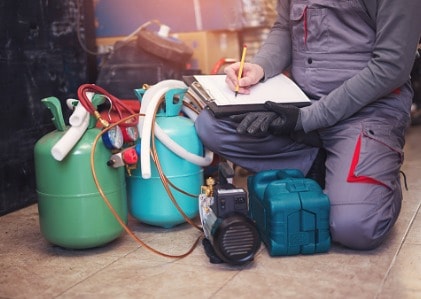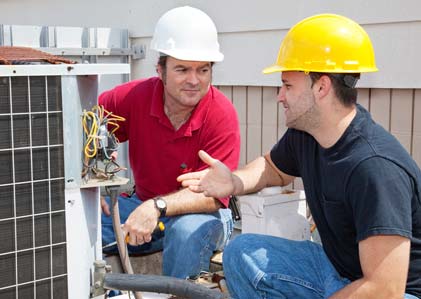Sustainable Building Practices
HVAC systems both directly and indirectly contribute to greenhouse gas (GHG) emissions: according to ASHRAE, buildings are responsible for nearly 40 percent of energy-related GHG emissions worldwide. A study published in the Journal of Clean Energy Technologies found that the incorrect use of HVAC systems has resulted in as much as 50 percent energy overconsumption.
But HVAC is also capable of reducing overconsumption and decreasing GHG emissions, particularly through proper use of energy-efficient designs that result in net-zero energy buildings.
A key component of sustainable building practices is thinking interoperationally. Monitoring the performance of a single cooling unit in a corporate building, for example, isn’t enough; sustainable HVAC monitors the way all of a building’s systems work together to a net benefit.
For commercial clients, sustainable HVAC systems will include customizable dashboards that are capable of monitoring and altering HVAC performance to meet energy-saving goals. These dashboards can even be integrated with building automation systems (BAS) to power smart, sustainable buildings.
HVAC professionals also need to work closely with other stakeholders in construction and design to meet ASHRAE Standard 189.1, the association’s highest standards yet for sustainable building. Standard 189.1 provides a total building sustainability package, covering everything from site sustainability, to water use efficiency, to energy efficiency, to indoor air quality.
For HVAC professionals, Standard 189.1 prescribes demand control ventilation (DCV) for occupied spaces with a lower occupancy threshold, economizers for equipment size and climate zone, and a restricted amount of reheated or recooled air. It also includes guidance for creating healthier indoor environments, which is of particular importance in the wake of the Covid-19 pandemic.



